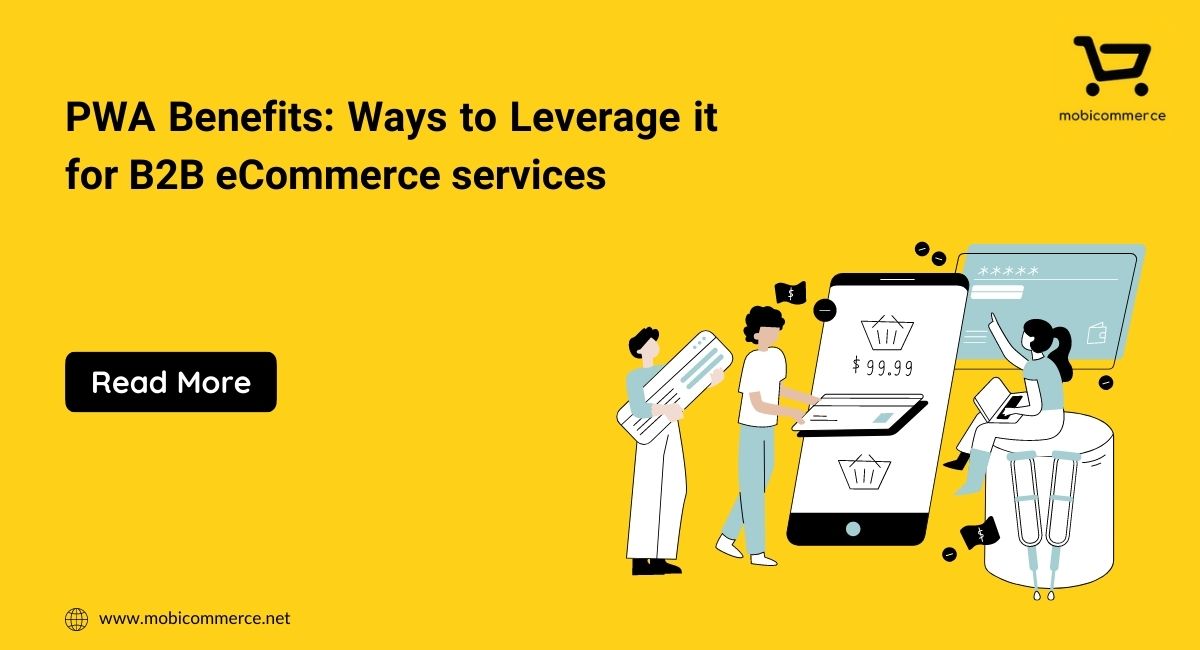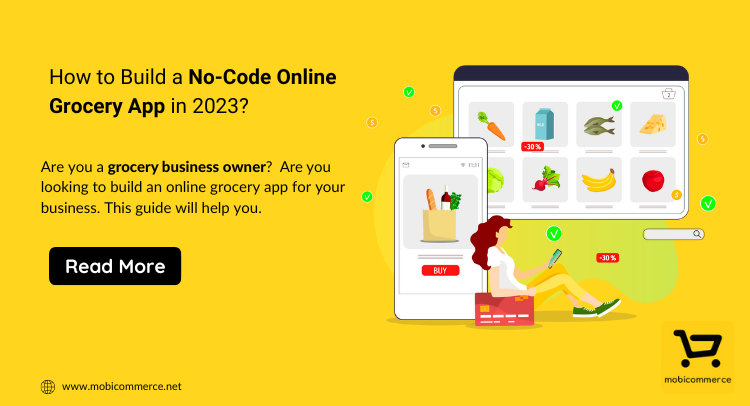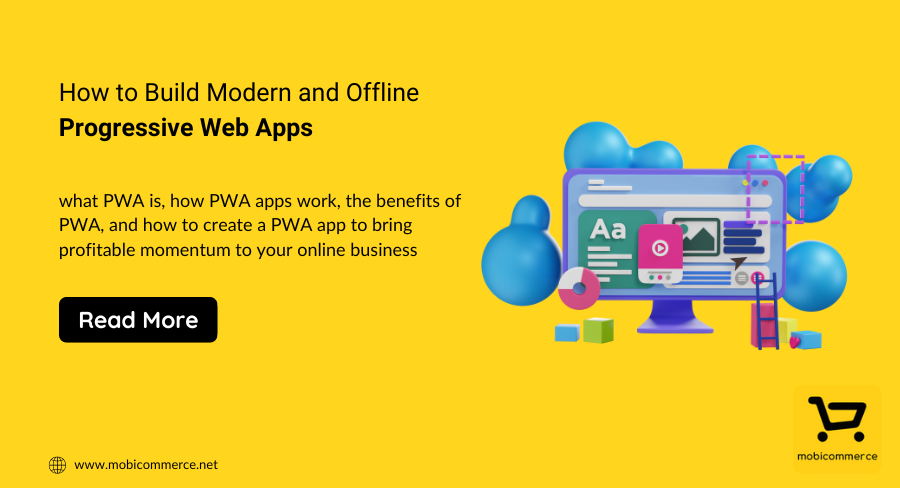As eCommerce has grown over the last decade, shopper expectations have grown too. They expect things to be as simple as possible whenever they shop online and may well exit the site if it takes too long to load or abandon carts at the last minute if the checkout process is too complicated. Trust us — no eCommerce business wants that.
Unfortunately, 75.6% of online shopping carts get abandoned because checkout is not smooth enough, and about a third of shoppers choose not to buy because they do not have a guest checkout option — which is far more efficient and swift.
Keeping this bottleneck in mind, we offer a quick guide on eCommerce checkouts, including common best practices to make the process easier, the need for customer insights during checkout, and how to gather those insights swiftly and conveniently. Let us begin:
As mentioned above, a poor checkout experience can cost your brand a purchase. The best way to avoid this is by keeping each step as simple as possible so that customers have no scope to hesitate. Here are some useful features to incorporate:

Too many pages with mandatory fill-up forms can annoy customers, particularly those in a hurry or buying something on an impulse.
Instead, have just one form with only the essential information displayed, and integrate slide-down panels for things like shipping or billing addresses to avoid clutter.
Your storefront should also be able to fill in duplicate details automatically — whether accessed on the desktop or on mobile.
Many customers tap out at the last minute when they see unexpected shipping costs of taxes on the final checkout page. Display all this information on the cart page, so customers know exactly what they need to pay.
While some people like to pay through credit or debit cards, others prefer options like PayPal and Google Pay. For specific markets, a buy-now-pay-later scheme may be the one that works best. Research your customer preferences and give them the options they most want.
Most shoppers log into eCommerce sites from their phones, so a clunky loading and browsing experience will frustrate them. Therefore, build a mobile eCommerce app and also optimize your website for easy mobile loading across browsers, devices and operating systems.
Trust seals from reliable authorities like McAfee demonstrate that your website is safe, and customers can enter their payment details without fear. Display these prominently, such as right below the ‘add to cart’ button, so customers can see them at once and be reassured.
According to Bariliance, 28% of customers do not complete their eCommerce checkout because they need to create an account.
Most customers view this as a hassle, mainly because they now have to remember an extra username and password, and it is incredibly annoying for a first-time shopper who does not fully trust the brand yet.
Offering a quick guest checkout option will speed up the process and improve conversions. However, guest checkouts have their disadvantages when it comes to personalized shopping. Let us take a closer look at this in the next section:
Did you know that brands can increase their sales by 20% when they offer a personalized shopping experience rather than a generic one?
The best eCommerce brands leverage their knowledge of and connection with their customers to provide the optimal online shopping experience. By giving each customer what they want, brands can maximize their customer lifetime value and reap the benefits of repeat purchases.
The problem is, brands do not always get to know their customers, and that is because of the anonymization baked into the guest checkout process.
Most eCommerce brands offer the option of a guest checkout. This saves shoppers the trouble of setting up an account and facilitates quick buying decisions, which, in turn, result in higher sales for the brand.
Even registered guests may often opt for guest checkout to avoid the hassle of remembering and entering their password, further reducing brand insights. The added convenience of guest checkout has its benefits, including a boost to customer conversion by 45%.
The disadvantage, however, is that this hinders brands from knowing who the buyer is. Personalized marketing counts on customer information to be accurate and relevant. When most buyers are anonymous, gathering insights becomes harder. This has several consequences:
One solution that can massively improve your brand’s eCommerce experience is identity-powered commerce. This provides your brand with the customer insights you need by transforming the anonymous checkout experience into a personalized logged-in experience.
There are three main aspects to identity-powered commerce:
This is what takes away the hassle of repeated log-ins for a customer. It entails creating just one unified identity for all web and mobile commerce solutions and requires just one sign-in to be logged into all the sites at once.
This way, brands get the customer insights they need on their page as well as on other eCommerce pages, while customers enjoy the same convenience as a guest checkout process.
With a single sign-on instantly linking all sites in the background, brands quickly recognize which customer has logged in. This gives them valuable insights into browsing and buying patterns, allowing them to suitably customize the post-purchase and repeat-purchase experience.
As customer data accumulates, brands can derive more granular insights into why customers make or do not make any specific purchase. This lets them market the right products to customers and encourage repeat buys.
In conclusion, providing a truly personalized eCommerce experience requires a systematic collection of customer insights in a non-intrusive manner.
By moving towards an identity-powered commerce model, brands can obtain valuable insights that boost their customer lifetime value while preserving the convenience of a fast guest checkout.
This translates into fewer abandoned carts, higher cart values, and more repeat purchases — all of which is excellent news for your eCommerce brand.

In order to improve user experience, businesses are increasingly turning to progressive web apps, which combine the best features of regular apps and websites. Ecommerce businesses which have created mobile-first PWAs have seen significantly faster page loading times, better conversion rates and improved engagement. On average, a website using PWA can increase speed performance by… Continue reading PWA benefits: Ways to Leverage it for B2B eCommerce services

If you have a grocery store and you are looking to take your business to the next level, then this is the right time to invest in grocery mobile apps. A report by Oberlo suggests that online grocery sales in the US are expected to reach $160.91 by 2023. Not only this, the revenue continues… Continue reading How to Build a No-Code Online Grocery App in 2023?

Most businesses create an app to establish their business in the digital world. But after some time, these businesses end up investing much more money by creating different versions and similar apps for different operating systems to stay relevant in the market. Later on, this choice of businesses becomes painful as they spend more money… Continue reading How to Build Modern and Offline Progressive Web Apps
Sign up for our newsletter and be the first to receive all the latest updates.
Request a callback from us by filling the form below.

Get your project estimate. Brainstorm business ideas. Book a demo. Get complete support and so much more!